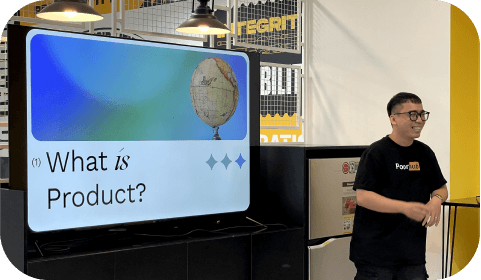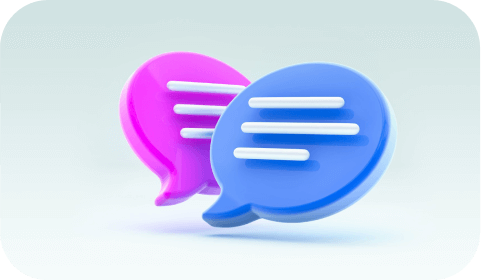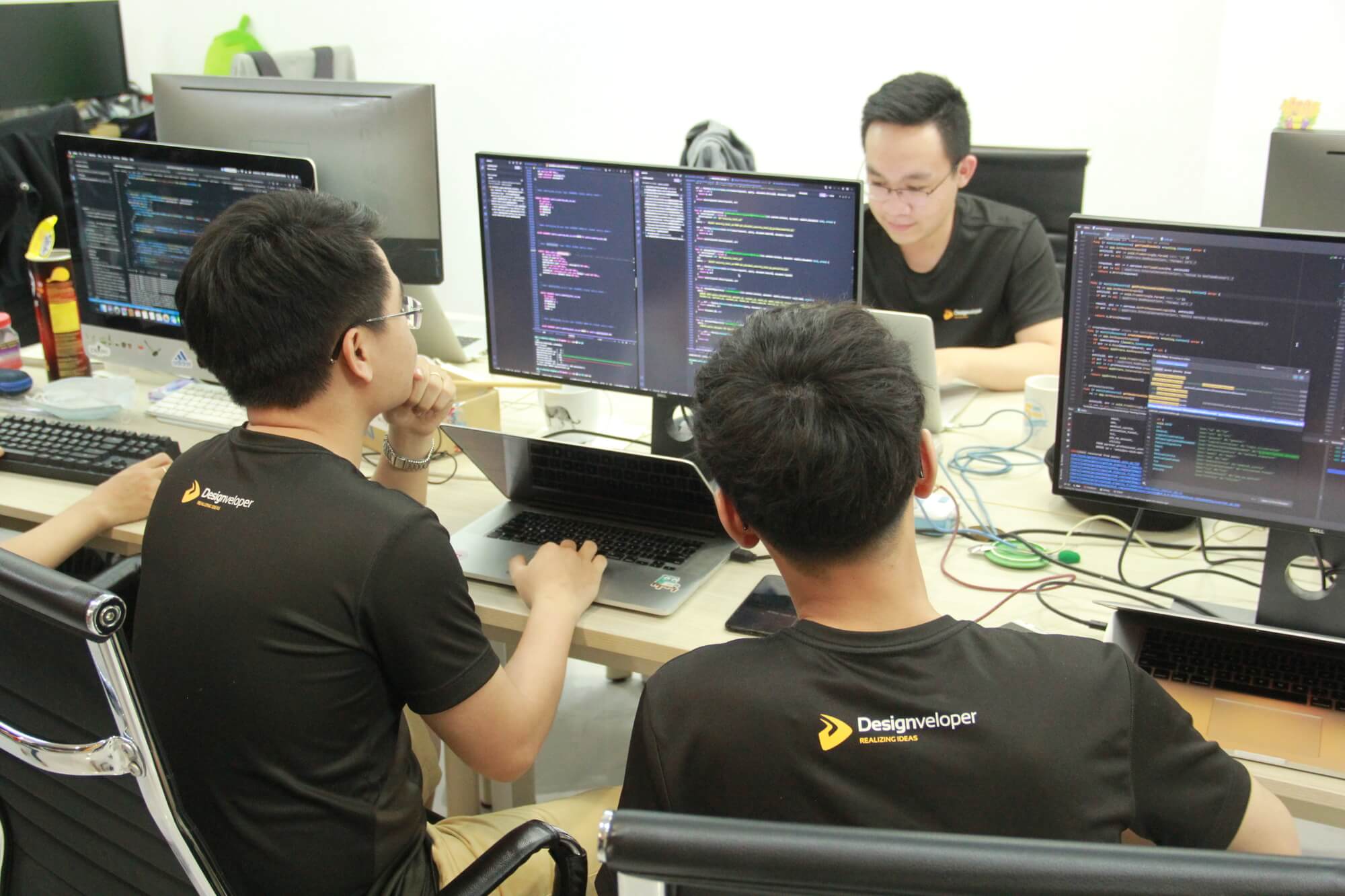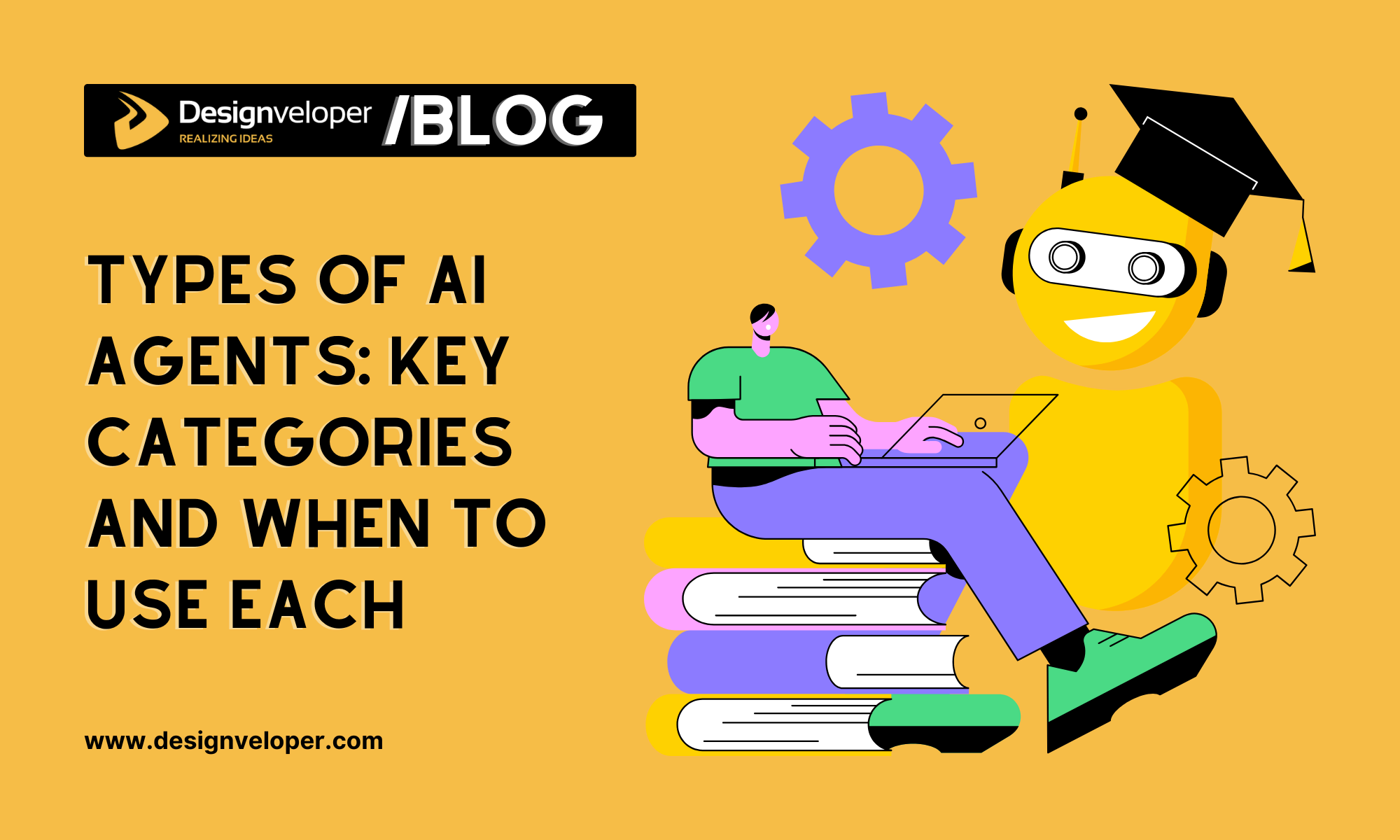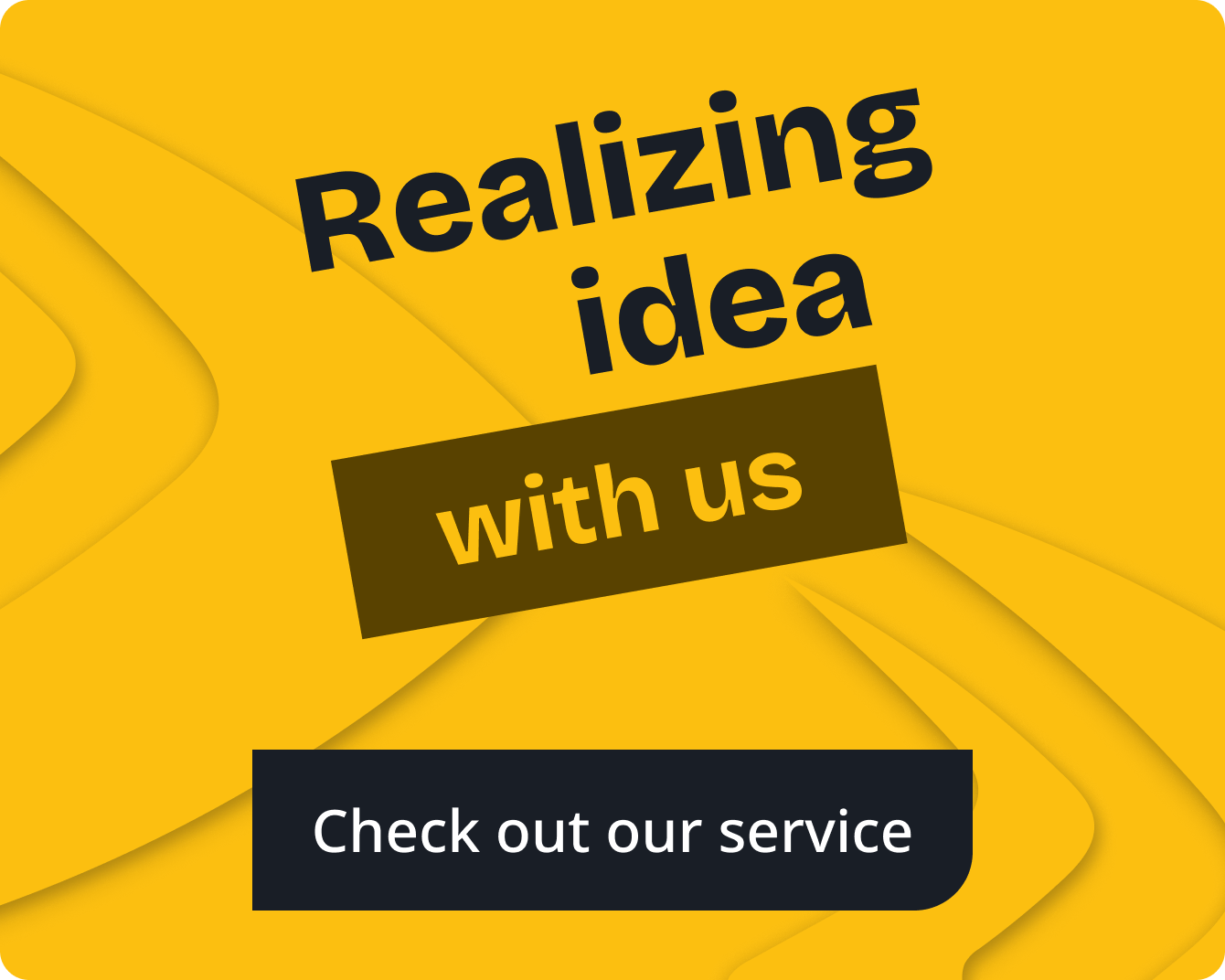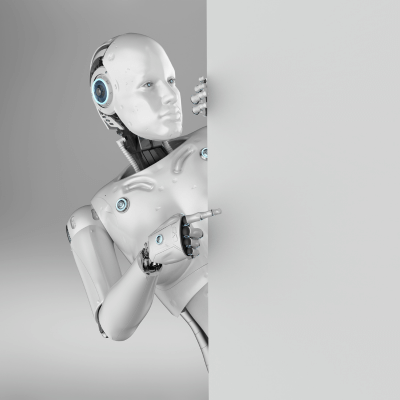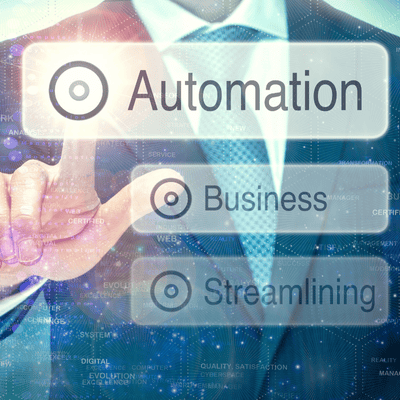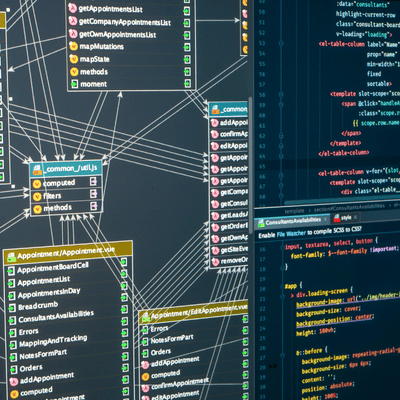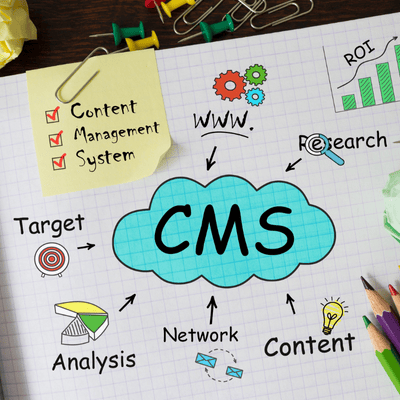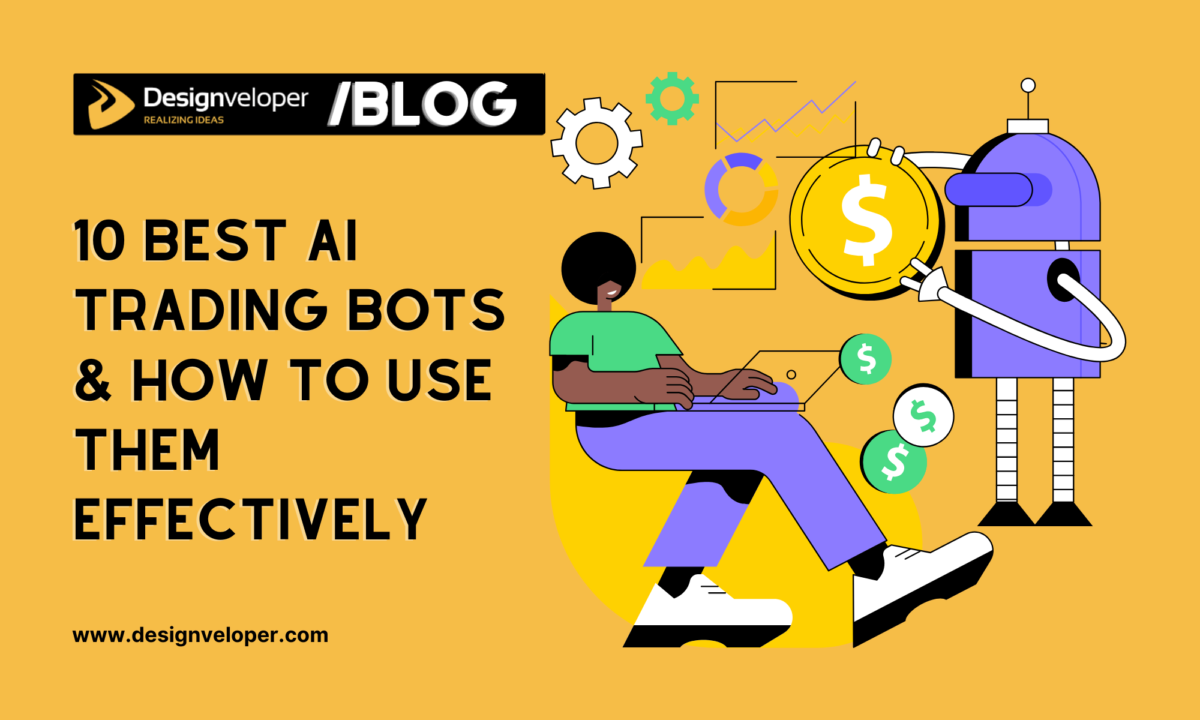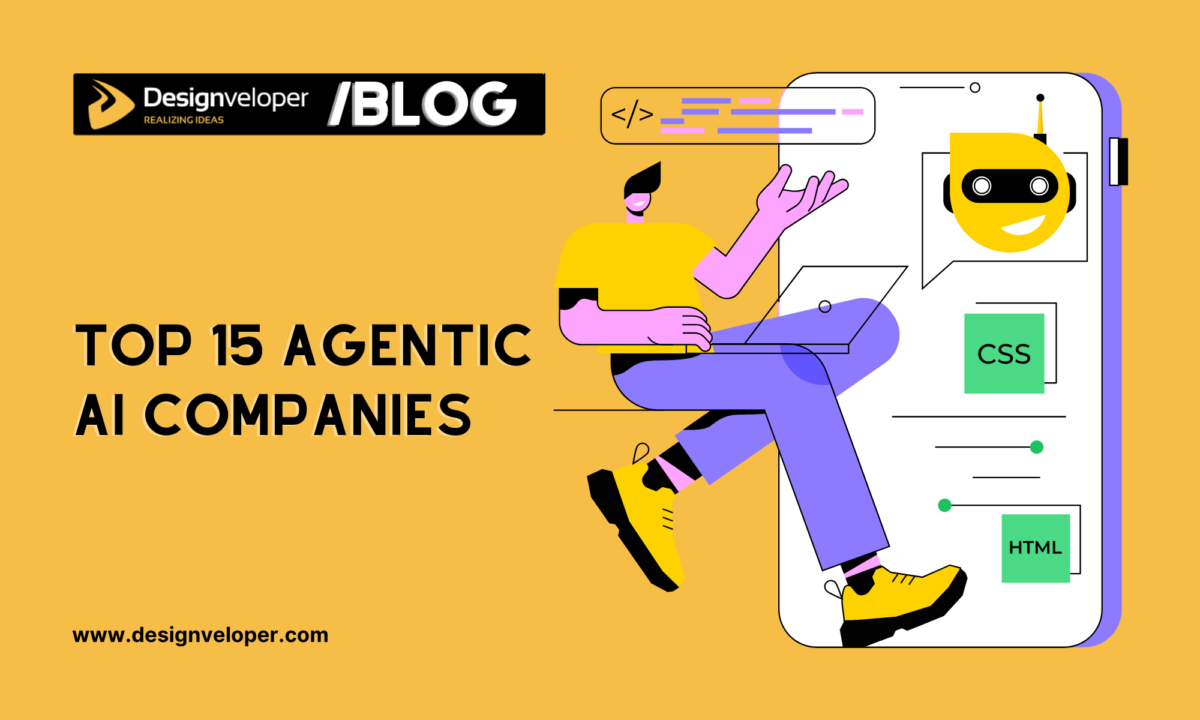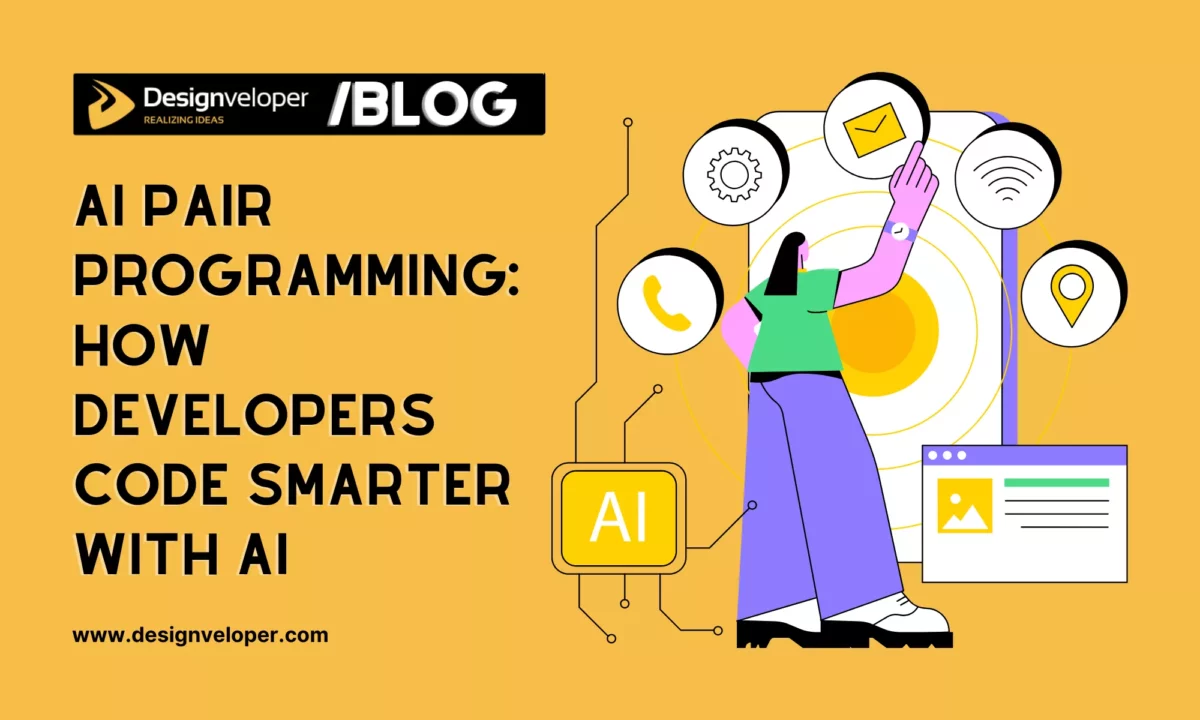
Many types of AI agents are rapidly changing how we work and interact with technology. Tech leaders like Bill Gates predict that advanced AI agents could soon become our primary tools for information and shopping. Businesses are taking note: 85% of enterprises plan to adopt AI agents in their operations by 2025. From chatbots resolving customer queries to fleets of robots in warehouses, these systems are everywhere. However, not all types of AI agents are the same – each category has distinct capabilities and ideal use cases. Below, we explore six key categories of AI agents and when to use each for the best results.
1. Simple Reflex Agents
Simple reflex agents are the most basic type of AI agents. They operate on a simple condition-action rule: when they perceive a certain condition, they perform the corresponding action. These agents do not store past data or consider future consequences – they react only to the current situation based on predefined rules. In other words, they are purely reactive systems with no learning or internal model.
Example Uses

Simple reflex agents are suitable when the task is simple, repetitive and the environment is stable. The traditional ones are the thermostat that switches the heat on or off depending on the existing temperature, or the automatic doors that open when a motion sensor is activated. They are rule-based chatbots or email autoresponders in business that deal with simple FAQs. Indeed, simple AI chatbots are currently capable of handling approximately 80 percent of all customer service requests, a fact that has enabled businesses to reduce support expenses by an estimated 30 percent. These reflexive AI responders are immediate responses to certain words or actions, such as an automatic password reset link when the user enters the text forgot password.
When to Use Them
You should consider a simple reflex agent when:
- Rules are Clear and Stable: The environment has fixed rules or triggers (e.g. sensor thresholds or keyword matches) that do not change over time.
- Immediate Response is Crucial: The task requires quick, automatic reactions without complex processing – for example, safety systems that shut off machinery if sensors detect overheating.
- Limited Scope: The problem is narrow enough that a set of if-then rules can handle it reliably. There is no need for the agent to learn or adapt; you just need consistency and speed.
Simple reflex agents are fast and easy to implement. As one of the most popular types of AI agents, they excel at reliable execution of well-defined tasks. However, they have no ability to improve or handle unexpected situations outside their rules. If conditions become unpredictable or more context is needed, you’ll likely need a more advanced agent type.
2. Model-Based Reflex Agents
Model-based reflex agents take the reflex agent one step further. In addition to condition-action rules, they maintain an internal state or “model” of the world to interpret their environment. This means they remember some aspects of past states or information that isn’t immediately observable, using it to inform their actions. By tracking changes over time, a model-based agent isn’t blindly reactive – it has a bit of context.
How They Work
These agents still react to inputs, but they update their internal model whenever something changes. The model might include knowledge of how the environment evolves and how the agent’s own actions affect the world. For example, a cleaning robot can keep a map of which areas of a room it has vacuumed. When it detects new dirt, it checks its memory (internal map) to decide if that spot was missed earlier or is newly dirty. This internal memory helps the agent handle environments by filling in gaps with educated guesses.
Business Applications
Model-based agents are types of AI agents that shine when decisions require considering recent history or unseen context. For instance, in healthcare, an AI monitoring system might track a patient’s vital signs over time and raise an alert only if there’s a significant deviation from the baseline trend. In smart logistics, a warehouse agent could adjust inventory reorder points by recalling last week’s order patterns rather than reacting only to today’s stock level. Even smart home systems use model-based logic – a security AI can remember which doors were opened throughout the day to determine if a current breach alarm is likely a false trigger or not.
When to Use Them
A model-based reflex agent is appropriate when:
- The Environment Changes Over Time: You need the agent to handle scenarios where relevant information isn’t all visible at once. The agent can maintain state (memory) about past events to make better decisions in the present.
- Context Matters for Accuracy: Situations where a simple reflex might be too brittle – for example, adjusting machine settings based on historical data or traffic lights that adapt to congestion by recalling previous cycles.
- Still a Bounded Problem: The task is more complex than a simple reflex scenario but still doesn’t require long-term planning or learning. The agent improves decision-making with memory, yet it remains primarily reactive.
Model-based agents are more robust than simple reflex agents in dynamic settings. They handle incomplete data by referencing their internal model. However, they are not truly “intelligent” in the sense of pursuing goals – they don’t plan ahead, they just react with a bit more information. If your problem demands looking into the future or evaluating alternatives, you’ll need the next categories of agents.
3. Goal-Based Agents
Goal-based agents introduce decision-making that is driven by objectives. Unlike reflex agents that just react, a goal-based agent acts with a specific goal in mind. It doesn’t simply output a predefined response; instead, it evaluates different possible actions and chooses the one that brings it closer to its goal. In short, this agent can plan its moves.
How They Work
A goal-based agent requires a clearly defined goal state (or multiple goals). Given a goal, the agent uses techniques like search and planning algorithms to determine a sequence of actions that will achieve that goal. It often simulates or predicts outcomes of various actions, asking “If I do X, will it move me nearer to the goal?” and then picks the best option available at the moment. For example, consider a navigation AI in a mapping app: the goal is to get you to your destination. The agent will evaluate possible routes and choose the one estimated to be fastest given current traffic, even adjusting on the fly if a better path opens up.
Applications
Goal-based agents are applicable in situations where results count more than adhering to predetermined rules. They are widespread in strategic and interactive settings. In supply chain management, the goal of an AI agent may be to reduce the time of delivery and dynamically re-route shipments in case of delays. An example of goal-based recommendation agent is in e-commerce where the goal of the agent may be to maximize the engagement of the user, and thus the agent selects what to show the user based on what is most likely to keep the user engaged (as opposed to a fixed list). Robotics and game AI are also typical examples, a robot vacuum has a goal of sweeping the whole room and plans its route accordingly, or a chess AI plans several moves ahead to reach checkmate.
When to Use Them
Choose a goal-based agent when:
- You Have Clear Objectives: The task can be explicitly defined by a goal or desired outcome (e.g. reach a target, solve a puzzle, maximize a score). The agent thrives on having a goal to work toward.
- Flexibility is Needed: The environment may change, and the agent must be able to adjust its plan or try alternative actions if one path is blocked. Goal-based agents are adaptable to changing conditions on the way to the objective.
- Multiple Steps or Decisions: Reaching the goal might require a sequence of decisions rather than one immediate action. These agents can handle longer-term planning and reasoning about future states.
Goal-based agents provide a more strategic approach to problems than reflex agents. They are effective in complex environments where simply reacting isn’t enough. Keep in mind, though, that they are only as good as the goal you set – a poorly defined goal can lead to unintended behaviors as the agent single-mindedly chases it. Ensuring the goal aligns with your true needs is crucial.
4. Utility-Based Agents
Utility-based agents extend the concept of goal-based agents by adding a measure of quality or preference to the outcomes. Instead of just aiming for any solution that meets the goal, a utility-based agent evaluates which solution is the best according to a utility function. The utility function is essentially a scoring system – it assigns a value (utility) to each possible state or outcome, indicating how desirable it is. The agent then strives to maximize this value, choosing the action that leads to the highest expected utility.
Key Idea
This is one of the types of AI agents which is useful when there are trade-offs or multiple objectives to consider, and you need the “optimal” solution rather than just a satisfactory one. For example, a self-driving car might have a goal to reach a destination (like a goal-based agent), but it also must balance speed, safety, and comfort. A utility-based approach could quantify those factors into a single utility score, allowing the car’s AI to decide in real time whether it’s better to take a slightly longer but safer route versus a faster but riskier path. It essentially asks, “Out of all actions I can take now, which one yields the highest overall benefit?”.
Applications
Utility-based agents are found wherever optimization is needed. In finance, an AI trading agent may evaluate potential trades based on a utility function that balances risk versus reward, selecting the portfolio changes that maximize expected return for an acceptable risk level. In customer service, a support ticket triage agent might weigh various factors (customer priority, issue severity, agent availability) to decide which ticket to address first – effectively maximizing a utility that represents customer satisfaction. E-commerce recommendation systems also use utility-like calculations: instead of just any product that matches a query, they show the product you’re most likely to buy and that has a good profit margin, optimizing both customer and business preferences.
When to Use Them
Opt for a utility-based agent if:
- Multiple Factors Determine Success: The decision isn’t just about meeting a single goal, but about optimizing among several criteria. The utility function lets you formalize those criteria (e.g. cost, quality, time) into one metric.
- You Need the Best Trade-off: In scenarios where there may be many possible solutions, a utility agent will strive to pick the optimal one (as defined by your utility formula). This is ideal for complex decision-making like logistics routes, resource allocations, or personalized recommendations where you want the highest payoff.
- Acceptable to Use More Computation: Because they often evaluate many options, utility-based agents can be computationally heavier than simpler agents. Use them when it’s worth spending a bit more computing power to get a better result.
Designing the right utility function is the toughest part – it has to capture what “best” really means for your business. When done well, utility-based agents can make extremely rational decisions under uncertainty, even balancing short-term gains against long-term benefits. They take goal-based agents to the next level by ensuring the chosen action isn’t just effective, but optimal according to your specified preferences.
5. Learning Agents

Learning agents are types of AI agents that have the ability to improve their performance over time by learning from experience. Unlike all the previous types (which have fixed rules or logic), a learning agent starts with some initial knowledge or behavior and then adapts as it gathers more data or feedback. These agents have components to learn new rules or refine their strategy autonomously. The more they operate, typically, the smarter they get.
How They Learn
A learning agent usually consists of a learning element (which tries to make the agent better by updating its knowledge), a performance element (which makes decisions and takes actions), and mechanisms to critique and guide the learning process. For example, consider a recommendation system on a streaming platform. Initially, it might have a basic idea of popular content. As it observes each user’s viewing choices and whether they like or skip suggestions, the learning component updates the recommendation strategy. Over time, the agent “learns” a user’s preferences and the suggestions become more accurate. Techniques involved can include machine learning algorithms, such as reinforcement learning (where the agent learns from rewards or penalties) or neural networks that adjust parameters based on training data.
Is ChatGPT an AI Learning Agent?
Learning agents are everywhere in modern AI applications. A prominent example is ChatGPT and similar AI assistants, which are trained on vast data and continue to learn from user feedback to refine their responses. In fact, large language model-based agents like ChatGPT have become ubiquitous in business – by 2025, over 80% of Fortune 500 companies have integrated ChatGPT or similar AI into their workflows.This demonstrates the extent to which learning agents can be useful in content generation, customer support, and decision-making activities.
Others are personalization engines (such as those used to generate Netflix or Amazon recommendations) that are trained with every click and purchase to make more accurate recommendations, and cybersecurity AI that will learn to identify novel hacking patterns by examining incident data over time. Even game AIs, like those that learn to play chess or Go to superhuman levels, fit in this category, they become better by playing millions of games and learning what works.
When to Use Them
Consider a learning agent when:
- The Environment or Data Changes: If the problem domain is dynamic (user preferences evolve, fraud tactics change, etc.), a learning agent can continuously adapt. They are ideal for data-rich, evolving environments where static rules would soon become outdated.
- You Can Supply Feedback: Learning agents need a way to evaluate their performance, whether through explicit feedback from users or an observable reward (like increased engagement, a win/lose outcome, etc.). If you have the means to let the agent know how it’s doing (for example, through user ratings, success metrics, or error rates), it can use that to get better.
- Complex Problems without Fixed Rules: Some tasks are too complex to distill into hard rules. A learning agent can discover patterns or strategies on its own. For instance, instead of trying to program all rules to detect spam emails, you would use a learning agent that trains on examples of spam vs. legit emails and learns the distinguishing features.
Learning agents bring adaptability and can achieve impressive performance as they train. Keep in mind they might require a lot of data to learn effectively, and the learning process can take time. Additionally, because they evolve, their decision logic might become complex or opaque (the “black box” issue in AI). Despite these challenges, learning agents are foundational to modern AI – enabling everything from smarter customer experiences to predictive analytics that get more accurate with each new data point.
6. Multi-Agent Systems
Not all types of AI agents operate in isolation. In many scenarios, you have multiple agents working together (or even competing) within the same environment. A multi-agent system is essentially a network of agents that interact to achieve broader objectives. Each agent in the system might be relatively simple on its own, but together they can tackle complex, distributed problems by sharing information or subdividing tasks. Think of it as a team of AI agents, each maybe with a specialized role, collaborating toward a common goal.
How They Work
In a multi-agent setup, agents communicate and coordinate with one another. They might send messages, signals, or share data through a defined protocol. The interactions can be cooperative (agents helping each other) or competitive (agents with opposing goals, like in a game or market simulation). For cooperative systems, often there’s an emphasis on coordination strategies, such as assigning subtasks to different agents or negotiating who should do what. For example, imagine a smart factory floor with various AI-powered robots: one set of agents manages inventory, another handles assembly robots, and another monitors quality control. These agents must work in concert – if the assembly robot finishes a product, it might signal the inventory agent to fetch the next part, and alert the quality control agent to inspect the finished item. The multi-agent system acts like a well-orchestrated team to keep the factory running efficiently.
Real-World Examples
Multi-agent systems are increasingly common in large-scale applications. Autonomous vehicle fleets are a great example: multiple self-driving cars (agents) share real-time traffic and road condition data with each other to optimize routes and prevent collisions, essentially behaving as a coordinated network on the streets. Smart grid management in energy relies on numerous agents (for generation, distribution, consumption) adjusting to balance load across the network.
Another example is in finance, where different trading AI agents might operate with various strategies (one focusing on long-term investments, another on quick trades) but all contribute to an overall portfolio goal. Perhaps one of the most striking instances is Amazon’s warehouse operations – Amazon has deployed over 1 million robots in its warehouses worldwide, and roughly 75% of Amazon’s customer orders are now handled with some robot assistance as part of the fulfillment process. These robots act as a multi-agent system, communicating and working together to move goods efficiently in the warehouse. Each robot might fetch items or sort packages, and collectively they drastically speed up order delivery. (Amazon even introduced an AI model DeepFleet to better coordinate these warehouse robots as their numbers grew.)
When to Use Them
Multi-agent AI systems are suitable when:
- Problems Can Be Decentralized: The task can be broken into smaller tasks handled in parallel by different agents. If no single agent could handle the load or complexity alone, a multi-agent approach can divide and conquer.
- Need for Scalability and Specialization: You want a solution that is scalable – you can add more agents to boost capacity – and agents can be specialized for different functions. For example, in a smart city simulation, separate agents can control traffic lights, manage public transit, and monitor pollution, all interacting to improve urban efficiency.
- Interactive or Strategic Domains: Some environments naturally involve multiple actors or entities (think multi-player games, economics, or ecosystem simulations). Using a multi-agent system is a direct way to model these scenarios. They can even simulate competitive situations like security (attacker vs. defender agents).
The benefit of multi-agent systems is that they can handle very complex, distributed challenges and are often more robust (one agent failing might not collapse the whole system if others can cover for it). However, they also introduce new complexities – namely, how to ensure all those agents coordinate well. Conflicts or redundant efforts between agents can occur if the system isn’t designed carefully. Communication overhead is another consideration: agents need efficient protocols to talk to each other without bogging down the system. Despite these challenges, multi-agent systems are key to many cutting-edge AI applications, and their use is expected to expand in the coming years as businesses deploy networks of specialized AI workers operating in unison.
Designveloper: Your Partner in AI and Software Innovation

At Designveloper, we pride ourselves on being a leading software development company in Vietnam, with over a decade of experience delivering top-tier web and AI solutions worldwide. Our journey began in 2013, and since then we have grown into a team of 90+ skilled developers, designers, and AI experts dedicated to building innovative applications. Over the years, we’ve collaborated with renowned clients and brought to life successful projects such as LuminPDF, Walrus Education, Swell & Switchboard, Joyn’it, and Bonux – platforms that serve millions of users. These accomplishments showcase our ability to handle complex, large-scale software projects with excellence and creativity.
What We Offer
Designveloper provides end-to-end development services, including web app development, mobile app development, UI/UX design, VoIP solutions, and specialized AI development services. In the realm of AI, we have experience crafting intelligent chatbots, integrating generative AI into business workflows, and developing custom AI agents tailored to specific needs. Our team stays at the forefront of AI trends – we work with modern machine learning frameworks and large language models to ensure our clients get state-of-the-art solutions. Whether it’s a simple automation agent to improve efficiency or a multi-agent system coordinating complex tasks, we have the expertise to design, build, and deploy the right AI solution for you.
Why Work with Us
We approach projects with an agile mindset and a strong focus on client success. When you partner with Designveloper, we become an extension of your team – from planning through deployment, we maintain open communication and adapt to your feedback at every step. Our developers are not only technically proficient but also business-savvy, ensuring the AI or software we deliver actually solves your real-world challenges. We understand that implementing AI agents or any new technology can be daunting, so we guide our clients through the process, from selecting the appropriate type of AI agent for the task to integrating it seamlessly with existing systems. Our track record across industries like finance, healthcare, education, and e-commerce speaks for itself: we consistently deliver solutions that are reliable, scalable, and aligned with our clients’ goals.
In short, Designveloper has the experience and passion to turn your ideas into reality. If you’re looking to leverage the power of AI agents or need a trusted partner for software development, we’re here to help you every step of the way. (Feel free to reach out to us to discuss how we can bring our expertise to your next project.)
Conclusion
The world of AI is diverse, and understanding the different types of AI agents is essential for leveraging them effectively. We’ve seen that each category – from simple reflex agents that act on instant rules to learning agents that evolve with data – serves a unique purpose. Choosing the right type of agent for a given problem can make all the difference. For example, a basic rule-based agent might automate a repetitive task with lightning speed, whereas a utility-based agent can optimize a complex decision with multiple trade-offs. Many organizations are now combining these approaches, even deploying networks of multiple agents working together, to tackle challenges at scale. In fact, experts predict AI agents will become even more autonomous and collaborative in the near future, moving from assistive roles to true independent decision-makers and team players in our workflows.
Ultimately, adopting the different types of AI agents is no longer a futuristic gamble – it’s a present-day reality driving business value. The key is to align the agent type with your specific goals and environment. When done right, the appropriate AI agent can boost efficiency, enhance customer experiences, and unlock insights that were previously out of reach. As AI technology continues to advance, these agents will only get smarter and more integral to how we live and work. By understanding their differences and strengths, you’re better equipped to ride this wave of innovation and make informed decisions about when and how to use each type of AI agent for maximum impact.






Read more topics
You may also like




















